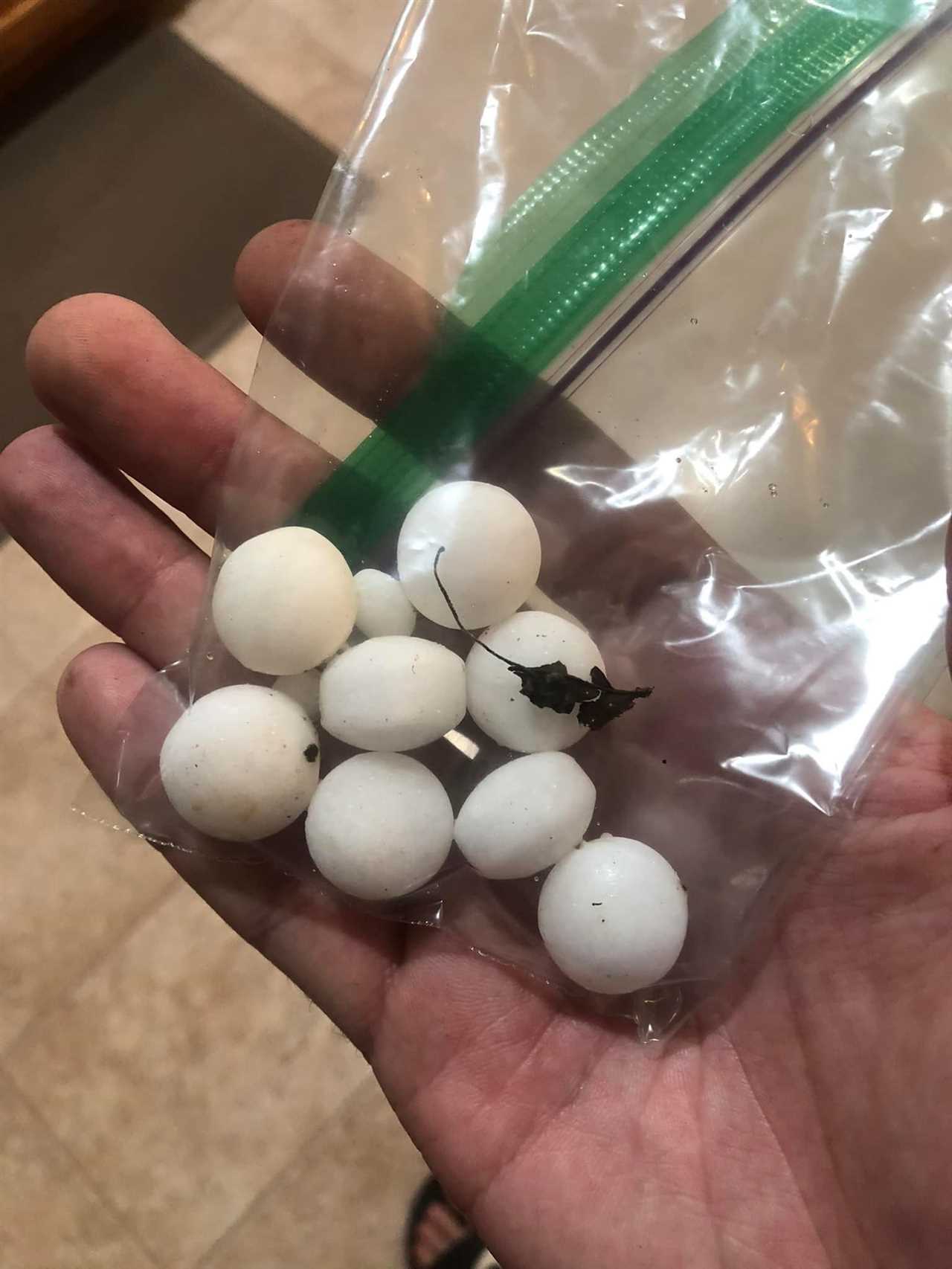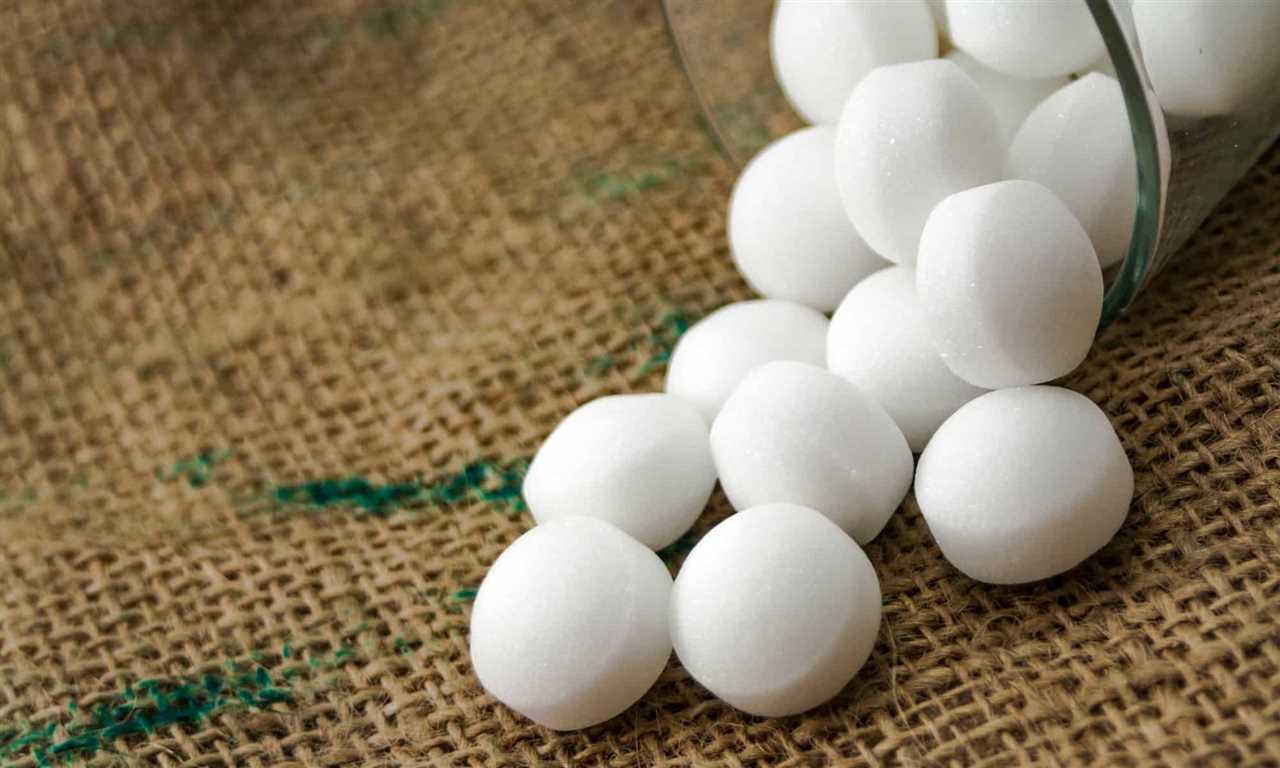
But what about the myth that moth balls can repel frogs? Some people believe that placing moth balls around their property can keep frogs away, particularly from gardens or ponds. Is there any truth to this claim?
While it is true that frogs have a highly developed sense of smell, there is no scientific evidence to support the idea that moth balls repel them. In fact, moth balls contain chemicals that are toxic to both humans and animals, including frogs. Placing them in an area where frogs are present can be harmful to these amphibians and disrupt the natural balance of the ecosystem.
Do Moth Balls Really Repel Moths and Other Insects?

There is a common belief that moth balls can effectively keep moths and other insects away from our homes. Moth balls are small white balls made of naphthalene or paradichlorobenzene, which release a strong and pungent odor. This odor is said to repel insects, including moths, and prevent them from infesting our clothes, carpets, and other stored items.
But do moth balls really work?
The answer is yes, moth balls can be effective in repelling moths and other insects. The strong odor they emit acts as a deterrent and can keep pests away from our belongings. When placed in a closed container or among stored clothes, moth balls release fumes that create an environment that is unpleasant for insects.
Potential Risks and Concerns
Additionally, moth balls can also harm the environment and wildlife if not used properly. The fumes released by moth balls can be toxic to frogs and other small animals if they come in direct contact with them. It is crucial to use moth balls responsibly and avoid placing them in areas where wildlife may be exposed.
Alternatives to Moth Balls
For those who prefer natural alternatives to deter moths and other insects, there are several options available. Cedar chips, lavender sachets, and dried citrus peels are some natural repellents that can be effective in keeping moths away. These options not only provide a pleasant scent but also serve as natural deterrents for insects.
Can Moth Balls Harm Frogs and Other Wildlife?
Moth balls are commonly used to repel moths and other insects from clothing and stored items. However, they are not only harmful to insects but also to other wildlife, including frogs.
Moth balls are made of a chemical called naphthalene or paradichlorobenzene, both of which are toxic to animals. When moth balls are used, they release fumes that can be inhaled or ingested by frogs and other wildlife, causing various health problems.
One of the main risks of using moth balls around frogs is the inhalation of the fumes. Frogs have permeable skin, which means that toxins can easily enter their bloodstream. When frogs come into contact with moth ball fumes, it can lead to respiratory problems, including difficulty breathing and even death in severe cases.
Furthermore, moth balls can contaminate the soil, water, and plants in the surrounding environment. This contamination can affect not only frogs but also other wildlife that depends on these resources for survival. It can disrupt the delicate balance of the ecosystem and cause long-term damage to the habitat.
Considering the harmful effects of moth balls on frogs and other wildlife, it is crucial to find alternative methods to repel moths. There are many natural and safer alternatives available, such as cedar chips, lavender sachets, or essential oils, that can be used to keep moths away without harming frogs or other wildlife.
By choosing these alternatives, we can protect both our belongings and the environment, ensuring the well-being of all living creatures. It is essential to prioritize the preservation of wildlife and their habitats while addressing common household issues.
Alternatives to Moth Balls: Natural Ways to Keep Moths and Frogs Away

1. Cedar Chips and Cedar Oil
Cedar is a natural repellent for moths and can help keep them away from your clothing and other items. You can use cedar chips or sachets in your closet, drawers, and other storage areas to repel moths. Additionally, applying cedar oil to these areas can provide added protection against moths.
2. Lavender
Lavender has a strong scent that can repel moths and other insects. You can use dried lavender in sachets or hang fresh lavender sprigs in your closet to keep moths away. Not only will your clothes be safe from the pesky insects, but they’ll also have a pleasant lavender scent.
3. Essential Oils
Essential oils like peppermint, eucalyptus, and citronella can also be effective in repelling moths. Mix a few drops of the oil with water in a spray bottle and spray it around your closet or storage areas to keep moths at bay.
4. Natural Repellent Sachets
If you prefer a ready-made solution, there are natural repellent sachets available on the market that use a combination of herbs, spices, and essential oils to repel moths. These sachets can be placed in your closet, drawers, and other storage areas to keep moths away.
5. Regular Cleaning and Vacuuming
Keeping your clothes and storage areas clean and free from moth larvae is essential in preventing moth infestations. Regularly vacuuming your closet, washing your clothes, and airing out your storage areas can help remove any eggs or larvae that may attract moths.
By using these natural alternatives, you can keep moths away without causing harm to frogs and other wildlife. Remember to regularly refresh or replace the natural repellents to ensure their effectiveness. With a little bit of effort, you can enjoy moth-free clothes and a safe environment for frogs and other wildlife.

I’m Lena Adams—a product of an unconventional upbringing in the African wilderness. My father, a daring explorer of African wildlife, sparked my fascination with reptiles, a passion that intertwined with the tragic loss of my mother during an expedition, leaving an indelible mark on my life. Driven to understand the creatures that captivated my parents, I embarked on my journey, sharing insights about reptiles, frogs, and lizards on my website. Through my explorations and conservation efforts, I honour my family’s legacy while seeking connections—to the creatures, nature, and the mother whose presence I yearn to understand.
